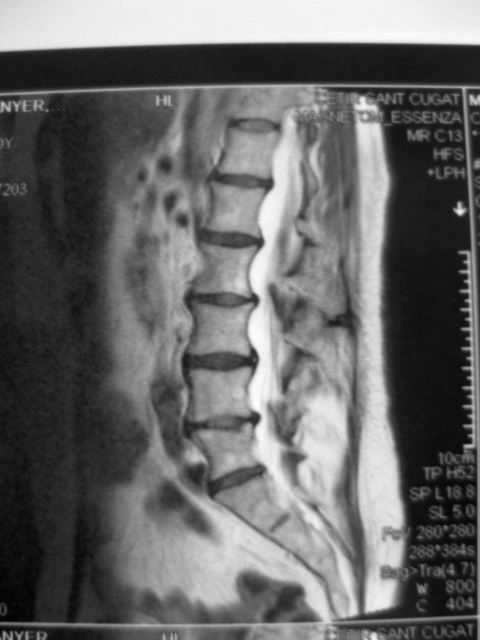The “Rheuma”
The concept of “rheumatism” does not exist in medical books, that is to say, there is no disease or ailment of the locomotor system that receives the name “rheumatism”. Society has grouped under the name “rheumatism” or “rheumatism” the whole set of ailments or discomforts related to the locomotor system, it may be as a result of the ignorance of its diverse nature and the belief in a common cause for to all of them
There are more than a hundred different diseases of the locomotor system. Rheumatology is the specialty that deals with diseases of the locomotor system, the rheumatologist being the specialist doctor in diseases of the locomotor system.
Osteoarthritis
Osteoarthritis is a disease that damages the joint cartilage and causes pain, stiffness and functional disability. It is usually located in the cervical and lumbar spine, some shoulder and finger joints, the thumb joint, hip, knee and big toe joint.
Outside these places, osteoarthritis is rare and when it appears, the existence of previous damage or other underlying joint disease must be suspected.
In Spain, osteoarthritis affects 10% of the general population, representing almost a quarter of all patients treated at rheumatologists’ consultations. The frequency with which it affects people increases with age (especially from the age of 40-50), although this disease should not be considered as an unavoidable consequence of joint aging.
Although it may not give symptoms – for example, in the spine it is common to find radiographic signs of osteoarthritis without the individual having pain -, the fundamental symptom of is pain. This pain usually appears when an effort is required on the diseased joint, either movement or load. Later, with the progress of the disease, pain may appear at rest or at night.
The fundamental data that allow the diagnosis of arthrosis are the symptoms that the patient explains and the alterations that his doctor observes after the proper examination of his joints.
The goals that your doctor will pursue, in the light of the availability of means provided by current medical science when recommending a treatment for osteoarthritis, are the relief of joint pain and the maintenance of functional capacity. For this, several alternatives are available, including physical treatments, physical exercise, combating obesity, analgesic and anti-inflammatory medications, hyaluronic acid infiltrations and acupuncture.
Osteoarthritis of the hands
It consists of a degeneration of the cartilage of the joints of the hands, benign, although it can produce pain, difficulty moving the fingers and deformity. It usually occurs in people of both sexes, although it has a marked predominance in women. It usually begins at the age of 40-50 years, although there are cases of later onset, and it is usual to find a hereditary component. The most frequent localization is the distal joints of the fingers (“Heberden’s nodules”), although it can also affect the proximal joints of the fingers (“Bouchard’s nodules”), in which case the mobility deficit is more pronounced.
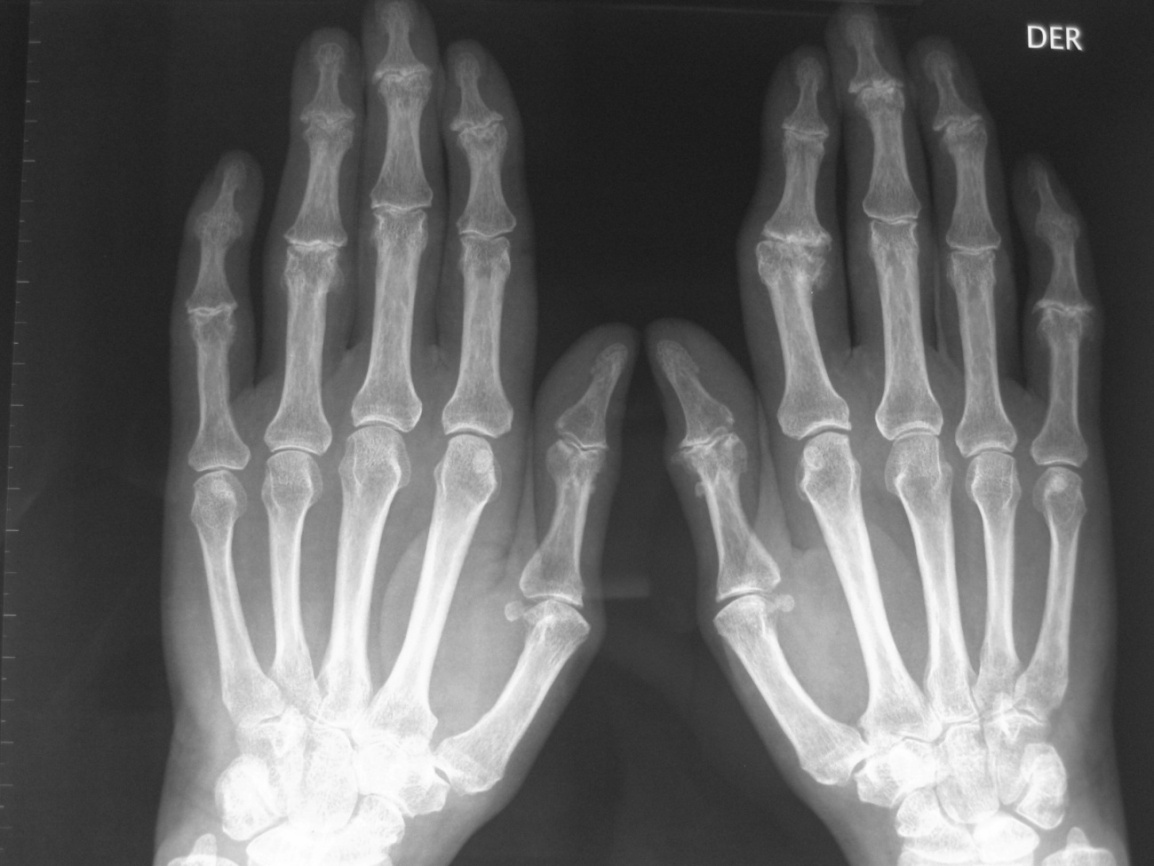
Osteoarthritis of the knee
It is a chronic disease that is characterized by the gradual deterioration of the cartilage of the knee joint. This deterioration leads to the appearance of pain with physical activity, difficulty walking and standing upright, as well as a progressive deformity of the knee.
We can distinguish the femorotibial (on the sides of the knee) and the femoro-lar (between the femur and the kneecap). Depending on the degree of involvement and its location, the symptomatology of pain will vary, as well as the likelihood of joint effusion formation.
Knee osteoarthritis is initially manifested by pain after standing or walking for a long time. Some activities especially hurt like going up and down stairs, walking on uneven ground or getting up from a chair.
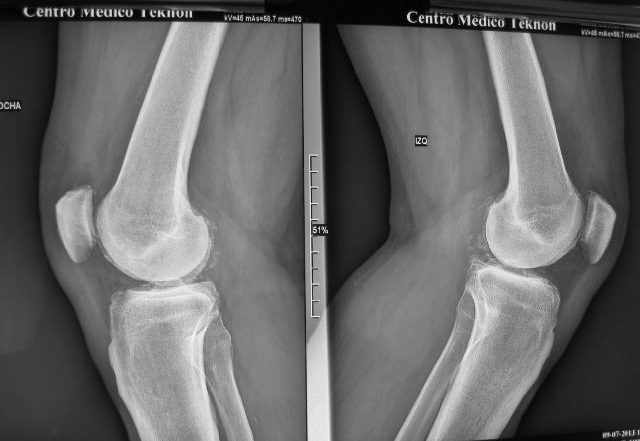
Osteoarthritis of the hip
The hip joint is formed, on the one hand, by the head of the femur, and on the other, a hollow in the pelvis bone called the acetabulum. Both bone surfaces are covered by articular cartilage. Around these bones are the synovial membrane, the ligaments and a powerful musculature. Osteoarthritis of the hip joint consists of the deterioration of the cartilage of this joint.
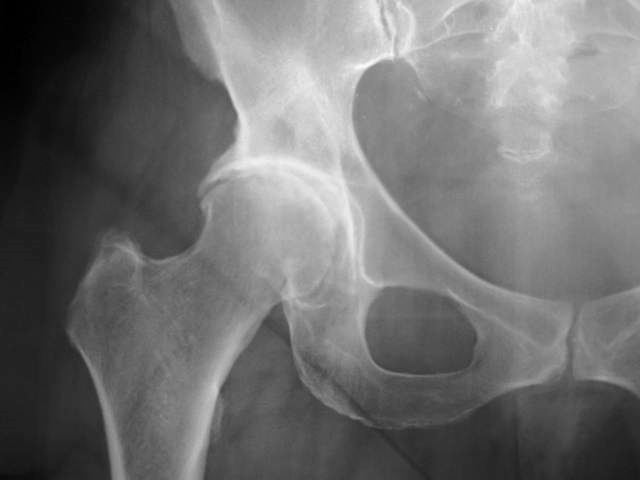
Cervical arthrosis
The joints are formed, among other components, by the cartilages. These cover the surface of the bone that articulates with another bone. When this cartilage degenerates or “wears out”, osteoarthritis occurs.
When it affects the cervical spine, we will talk about cervical arthrosis or cervicoarthrosis.
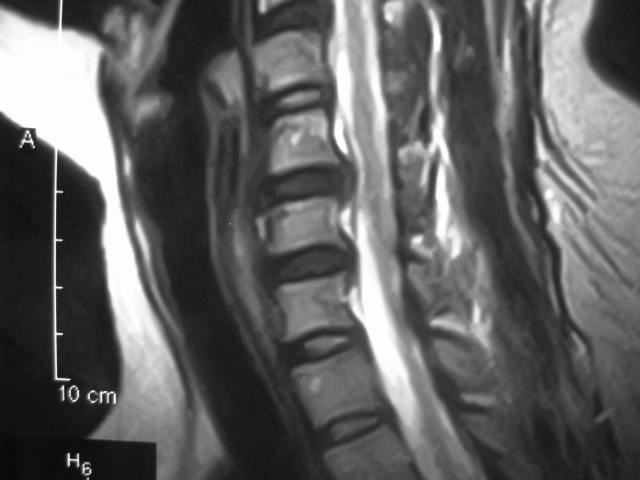
lumbar arthrosis
The lumbar spine is made up of five vertebrae that are located on the back, between the ribs and the pelvis, in the area popularly known as the “kidney area”. Osteoarthritis of the lumbar spine can occur both at the level of the vertebral disc and at the level of the interapophyseal joints. Osteoarthritis of the lumbar spine often produces “mechanical type” pain, meaning that it occurs with movement and lumbar overload and improves with rest.
